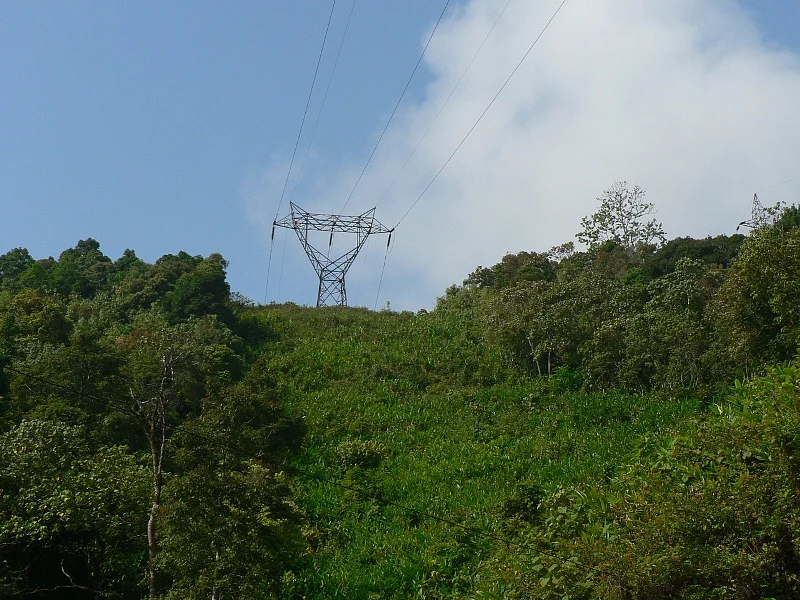Studying and reducing impacts of roads on wildlife in the Anamalai hills
Road widening and related disturbance along with increasing traffic and tourism in the Anamalai hills, has had serious impacts on wildlife. This includes roadkills and disruption of habitats of endangered wildlife. This project aims to understand these effects and identify mitigation and management measures.
Roads, wildlife deaths, and habitat disruption
Roads traversing natural areas act as linear intrusions that bring various negative impacts on the ecosystems they pass through. One of the visible impacts is animal mortality due to collisions with vehicular traffic. In the Anamalai hills and Valparai plateau landscape, widening of roads, expansion of tourism-related activities, and increase in fast-plying vehicles have resulted in the death of endangered fauna such as lion-tailed macaque Macaca silenus, leopard cat Prionailurus bengalensis, slender loris Loris lyddekerianus, and many birds, endemic reptiles and amphibians.
We began this study to identify appropriate measures to minimize road mortality of wild animals, reduce related traffic accidents, and to attempt to implement the identified measures with local stakeholders. To do so, we first studied the habitat and seasonal variation in the types and frequency of roadkills due to collisions with vehicular traffic.
Simultaneously, another important objective of this study is to identify critical crossing points of endangered and endemic arboreal and terrestrial fauna. For arboreal species, tree canopy connectivity over the roads is crucial. So, we surveyed the canopy contiguity and gaps at different stretches of roads that go through forest area as this is critical for arboreal mammals.
Measures for wildlife-friendly roads
Based on the research, a few mitigation measures were identified and suggested to local authorities for better and more wildlife-friendly roads in this region. Measures such as enhancing roadside aesthetics and value for wildlife, better roadside vegetation maintenance practices, and other steps to minimise impacts on wildlife were suggested. This included placing speed breakers at specific identified locations, retaining roadside native vegetation and overhead tree canopy, leaving gaps in the sidewalls along the hill roads to permit smaller animals to safely cross the road, and use of crash-guards that help meet road safety requirements while allowing animals to cross.
With the quantitative information on the critical crossing points of animals and the knowledge of the canopy contiguity and gaps, seven canopy bridges were installed in two rainforest fragments in the Valparai region. Animals such as the lion-tailed macaques (LTM) are already using these bridges and we are continuing to maintain them and monitor their efficacy. Simultaneously, an LTM-watch project is running to promote awareness and build human - wildlife coexistence where roads run through rainforest fragments in which these endangered primates live. Studies on lion-tailed macaque behaviour were also carried out to understand the social behaviour of the different troops and their interactions with humans and anthropogenic habitats.
Project collaborators: Ashni Kumar Dhawale



